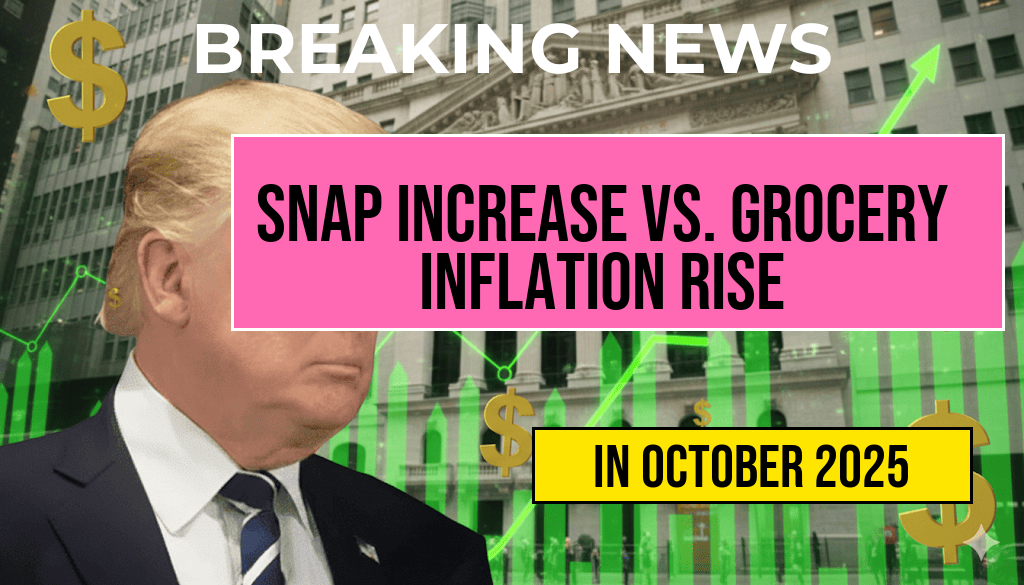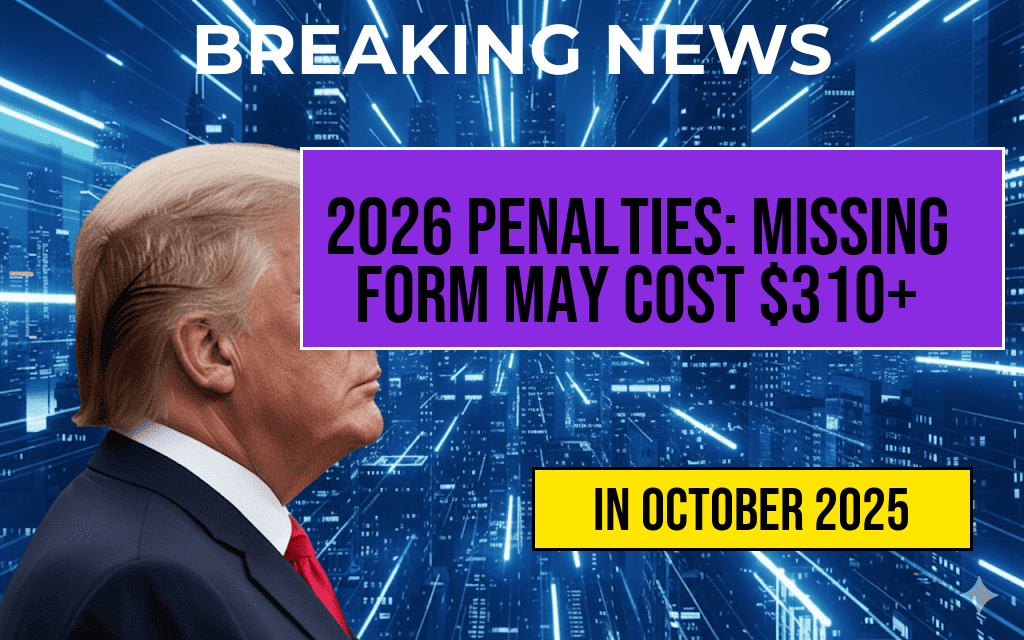The U.S. Department of Veterans Affairs (VA) is facing increasing scrutiny over its $193 billion disability compensation program, which is designed to support millions of veterans. Recent reports indicate that proposed regulatory changes could significantly impact the amount of monthly benefits received by veterans, potentially reducing their payments by hundreds of dollars. Critics argue that these changes may disproportionately affect those who rely on these benefits for their livelihoods, prompting concerns about the adequacy of support for veterans who have already sacrificed so much for their country. As the debate unfolds, stakeholders from various sectors are voicing their opinions on the best path forward for veterans’ compensation.
Understanding the VA’s Disability Compensation Program
The VA’s disability compensation program provides financial assistance to veterans who are experiencing service-related disabilities. This program is crucial for many veterans, as it helps them manage healthcare costs, housing expenses, and daily living needs. The funding for this program comes from taxpayer dollars, making it a focal point for policymakers and advocates alike.
Current Benefits Structure
As it stands, the VA offers a range of benefits based on the severity of a veteran’s disability, assessed on a scale from 0% to 100%. Monthly compensation amounts vary accordingly, with veterans at the highest disability ratings receiving significantly more. For instance, a veteran rated at 100% disability currently receives approximately $3,500 per month.
Proposed Changes and Their Implications
Recently, the VA has proposed adjustments to the compensation program that could alter the evaluation process for disability claims. Critics of the proposed changes argue that they may lead to a decrease in benefits for many veterans who are already struggling to make ends meet. Specifically, the adjustments could streamline the claims process but at the cost of reducing the overall compensation amounts.
- Impact on Benefits: Some veterans may see their monthly checks reduced by hundreds of dollars.
- Stricter Evaluation Criteria: The proposals include more stringent evaluation guidelines, which could disqualify some veterans from receiving full benefits.
- Financial Hardships: For many veterans, these changes could exacerbate existing financial difficulties, particularly among those with limited income.
Veteran Advocacy Groups Respond
Veteran advocacy organizations are increasingly vocal about their concerns regarding the proposed changes. Many argue that the VA should prioritize enhancing support rather than implementing cuts. These groups are mobilizing to lobby Congress to reconsider the proposed changes, emphasizing the need for a thorough examination of how such alterations could affect veterans’ quality of life.
In a statement, a representative from the American Legion commented: “Veterans have earned their benefits through service to our nation. Any reduction in compensation is not just a financial issue; it impacts their dignity and well-being.” Such sentiments resonate across various advocacy groups, highlighting the emotional and psychological toll that financial instability can impose on veterans and their families.
The Broader Context
The debate surrounding the VA’s proposed changes comes against the backdrop of a national conversation about how best to support veterans. With rising living costs and inflation, many veterans are finding it increasingly challenging to make ends meet. Policymakers are faced with the dilemma of balancing fiscal responsibility with the need to provide adequate support for those who have served in the military.
What’s Next for Veterans?
As the VA moves forward with its proposal, veterans and their advocates are urged to stay informed and engaged. Public hearings and forums are expected to be scheduled, providing platforms for veterans to voice their concerns directly to decision-makers. Additionally, advocacy groups are likely to ramp up their efforts to ensure that veterans’ voices are heard in Washington.
| Disability Rating | Monthly Compensation |
|---|---|
| 100% | $3,500 |
| 90% | $3,200 |
| 80% | $2,800 |
| 70% | $1,900 |
| 60% | $1,500 |
For more information on the VA’s disability compensation program and the proposed changes, veterans can visit the official VA disability website and stay updated on ongoing developments and advocacy efforts.
As the scrutiny intensifies, the future of the VA’s disability compensation program hangs in the balance, with many veterans anxiously awaiting clarity on how changes will affect their lives.
Frequently Asked Questions
What is the $193 billion program under scrutiny?
The program in question is a Veterans Affairs (VA) initiative that provides financial support to veterans. Recent criticisms have emerged regarding its management and financial sustainability.
Why are there concerns about potential reductions in monthly checks?
Critics argue that proposed new rules could lead to reductions in monthly benefits for veterans, potentially impacting their financial stability and quality of life.
Who is responsible for overseeing the changes to the VA program?
The oversight of the VA program falls under various government bodies, including Congress and specific committees tasked with veterans’ affairs, ensuring accountability and transparency in the program’s operations.
What are the proposed new rules aimed at?
The proposed new rules are intended to enhance the program’s efficiency and address issues related to its funding and sustainability, but critics warn they may inadvertently harm beneficiaries.
How might veterans be affected by these changes?
If the new rules are enacted, veterans could see their monthly checks reduced by significant amounts, leading to increased financial strain for many who rely on these benefits for their daily needs.








